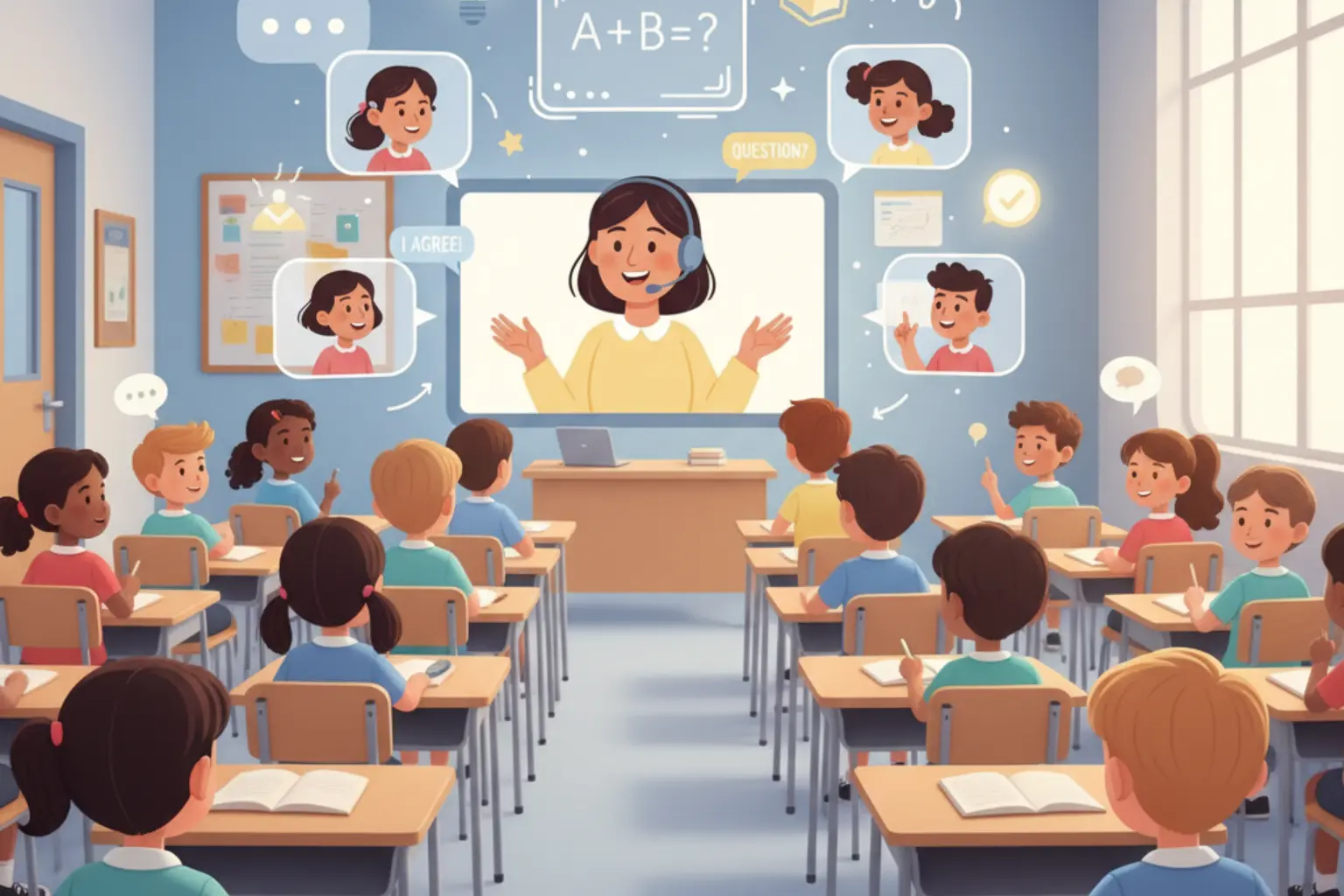Mail Us For Support
Office Address
Chennai, TN, INDIA

Education has transformed significantly in recent years. The traditional classroom is no longer the only place for learning. Students and teachers can now connect from anywhere in the world, thanks to virtual classrooms and online learning technologies. Remote learning has not only become mainstream but also a powerful, flexible, and scalable model of education.
With the help of platforms and digital tools, educators can deliver real-time instruction, provide resources, track progress, and interact with students effectively. Many institutions collaborate with digital solution providers like amrithaa.com to create stable and user-friendly virtual learning environments.
Let’s explore how virtual classrooms are shaping the future of education and the tools making remote learning seamless.
A virtual classroom is an online space where teachers and students interact just like in a physical classroom. Instead of being in the same room, participants connect through platforms using laptops, tablets, or mobile devices.
Core features of virtual classrooms include:
Virtual classrooms recreate the structure of in-person teaching while adding flexibility and digital convenience.
Virtual learning offers advantages that traditional classrooms cannot always provide:
✔ Flexible Learning: Students can learn from anywhere.
✔ Personalized Pace: Recorded lessons allow learners to revisit concepts anytime.
✔ Cost-Effective: Reduced expenses for travel, printed materials, and infrastructure.
✔ Global Access: Connect with educators and students from different regions.
✔ Digital Skill Building: Prepares learners for a tech-driven world.
Schools and training institutes partner with companies like amrithaa.com to set up interactive, scalable remote learning platforms tailored to their needs.
To ensure smooth and engaging virtual learning experiences, the right tools are essential. Here are the top categories:
Tools like Zoom, Google Meet, and Microsoft Teams enable real-time teaching with screen-sharing and breakout rooms for group discussions.
Platforms such as Moodle, Canvas, and Google Classroom help organize lessons, assignments, quizzes, and student progress tracking.
Applications like Miro, Whiteboard.fi, and Jamboard allow teachers to demonstrate concepts visually and collaboratively.
Gamified learning apps (Kahoot, Quizizz) make lessons more fun and interactive.
Google Drive, OneDrive, and Dropbox enable easy access to materials anytime.
Selecting a combination of these tools ensures smooth communication, participation, and evaluation in virtual classrooms.
Virtual teaching is most effective when interactive and well-structured:
Collaborating with expert technology partners like amrithaa.com ensures seamless implementation and continuous support for educators and institutions.
Virtual classrooms are no longer a temporary alternative—they are a powerful and permanent part of modern education. With the right tools and strategies, educators can create engaging, collaborative, and highly effective learning experiences online. As technology continues to evolve, remote learning will only become more interactive, flexible, and accessible.Ready to enhance your online learning experience?
Visit amrithaa.com today and explore digital classroom solutions tailored for modern education. 🎓✨